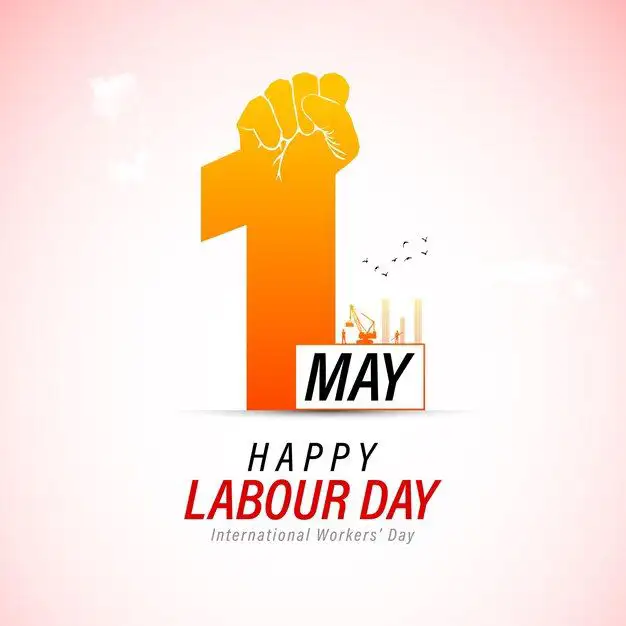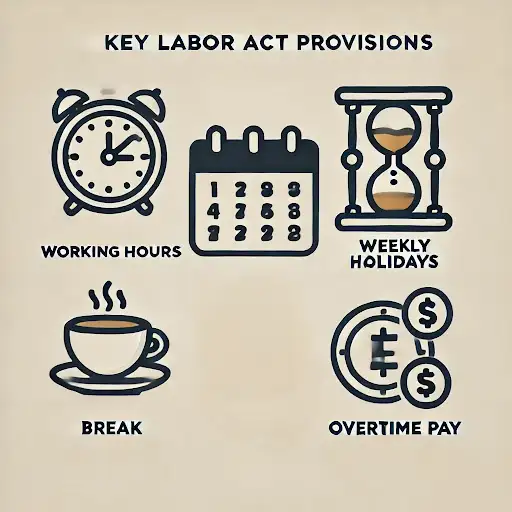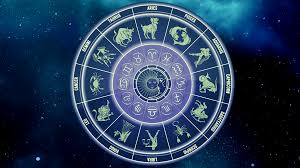Labour Day 2025: Surprising Facts and Hidden History You Probably Didn’t Know

Every year on May 1st, countries around the world pause to honour workers and their contributions. Known as Labour Day or International Workers’ Day, it’s a public holiday in over 80 countries. For many, it’s just a day off—but the real story behind it involves struggle, sacrifice, and powerful movements for workers’ rights. As we mark Labour Day 2025, let’s explore the lesser-known facts and history that shaped this important day.
The Real Origins: More Than Just a Holiday
Labour Day didn’t begin as a celebration. It grew from a tough fight for fair working conditions in the late 1800s. During that time, many labourers worked 12 to 16 hours a day in unsafe environments with no legal protections.
In 1886, thousands of workers in the United States took to the streets, demanding an eight-hour workday. One of the most impactful protests happened in Chicago during what became known as the Haymarket Affair.
While the protest began peacefully, someone threw a bomb at the police. The explosion and resulting gunfire killed several officers and civilians. Though tragic, the event sparked a global conversation about workers’ rights and inspired labour movements around the world. It also laid the foundation for what we now call International Workers’ Day.
Why May 1st?
Organisers chose May 1st to remember the Haymarket protests, which occurred at the start of May in 1886. While the United States later shifted its official Labour Day to September, most countries—especially in Europe, Asia, and Latin America—still honour workers on May 1st each year.

The Political Side of Labour Day
Labour Day has always had strong political roots. During the Cold War, communist countries like the Soviet Union used May Day for military parades and worker rallies. These events often blended national pride with calls for economic equality.
To separate itself from that ideology, the U.S. moved its Labour Day to September. However, around the world, Labour Day continues to represent both a celebration of workers and a reminder of ongoing struggles for fairness in the workplace.
A Global Celebration with Local Flavours
Different countries honour Labour Day in their own way. In India, the day is called Kamgar Din or Antarrashtriya Shramik Diwas. The first official celebration happened in 1923 in Chennai, organised by the Labour Kisan Party of Hindustan.
In the United Kingdom, Labour Day often overlaps with traditional May Day spring festivals, where people enjoy folk dancing and floral displays. In France and Brazil, huge marches, rallies, and public concerts fill the streets with energy and activism.
Surprising Facts You Probably Didn’t Know
Here are some lesser-known facts about Labour Day that might catch you off guard:

- Some Governments Once Banned Celebrations: Authoritarian regimes have historically banned Labour Day events or turned them into state-controlled propaganda. For instance, Nazi Germany suppressed independent worker movements and took over their messaging.
- Workers Didn’t Always Have Limits on Hours: Before workers began demanding change, employers could force 14–16 hour shifts with no overtime or rest. Activists fought for the idea of “eight hours for work, eight hours for rest, and eight hours for what we will.”
- Australia Made History Early: In 1856, stonemasons in Melbourne went on strike and succeeded in securing an eight-hour workday—decades before many other countries achieved it.
- Technology Is Changing the Workplace Fast: As remote work and the gig economy rise, today’s workers face new challenges. They now demand digital rights, schedule flexibility, and protections in tech-driven jobs.
- Some Countries Celebrate Twice: While most nations stick to May 1st, others like the U.S. and Canada observe Labour Day in September. Some trade unions recognise both dates for different reasons.
Trade Unions: Champions of Workers’ Rights
Trade unions have played a major role in advancing workers’ rights. They’ve fought for minimum wage laws, workplace safety rules, paid leave, and protection from unfair dismissal. Even though union membership has declined in some countries, these organisations continue to advocate for justice in the workplace.
As modern workforces shift toward contract-based, freelance, and remote models, trade unions are adjusting their strategies to protect workers in new and complex environments.
What Labour Day Means in 2025
Labour Day 2025 arrives during a time of great transformation in how we work. The COVID-19 pandemic changed where people work, while rising concerns about mental health, burnout, and automation have reshaped global conversations about labour.
More workers today push for flexible hours, mental wellness support, and job security in digital spaces. Labour Day now serves as a platform not just for rest and celebration, but also for serious dialogue on future workplace norms.
Final Thoughts
Labour Day goes far beyond a day off. It carries the legacy of brave individuals who stood up for fair treatment, safe workplaces, and human dignity. Their courage and sacrifices helped build the protections many of us take for granted today.
As we enjoy this year’s Labour Day, let’s remember the long journey behind it. The global celebration reminds us of the past battles and the work that remains. Whether you spend the day relaxing or reflecting, know that Labour Day represents more than rest—it reflects a powerful history of change driven by people like you.






